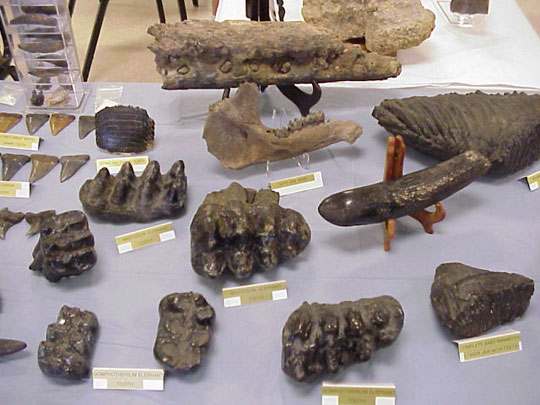Detecting large amounts of mollusc bio-fossils
British scientists have discovered a large amount of mollusk fossils dating back about 500 million years ago in the area near Table Mountain in Cape Town, South Africa.

The new fossil is perfectly preserved, and can even distinguish muscles, eyes and other organs.
The scientist Gabor Sarah, of the University of Leicester, in charge of the excavation team, said that through the high resolution microscope, most of this mollusc creature is surrounded by mud.
The phenomenon is most likely due to the effects of antiquated wind, a number of mineral-rich clay has been " transported " to the ocean surface, thereby covering plankton and algae. sea.
Planktonic creatures covered with clay will sink to the sea floor and undergo geological impact for hundreds of millions of years, eventually forming fossil beds.
- Uncover fossils of large dinosaurs never seen
- Detecting dinosaurs one finger
- Detecting ugly reptile fossils, head full of humps
- Detecting fossil mammoths along the river
- Detecting fossils of 2 new horned dinosaurs
- Detecting fossils of the snakehead dragon
- Detecting algae-like fossils in meteorites
- Detecting big nose dinosaurs, horn face
- Detecting plant fossils 240 million years
- Detecting fossils of the world's largest parrot species one meter high
- Lobster mollusk knocked out penguins 13 times longer
- Detecting turtle fossils mating
 Discovered an ancient centipede fossil 99 million years old
Discovered an ancient centipede fossil 99 million years old Discovered bat-like dinosaurs in China
Discovered bat-like dinosaurs in China Discovered a 200-year-old bronze cannon of the coast
Discovered a 200-year-old bronze cannon of the coast Discover 305 million-year-old spider fossils
Discover 305 million-year-old spider fossils